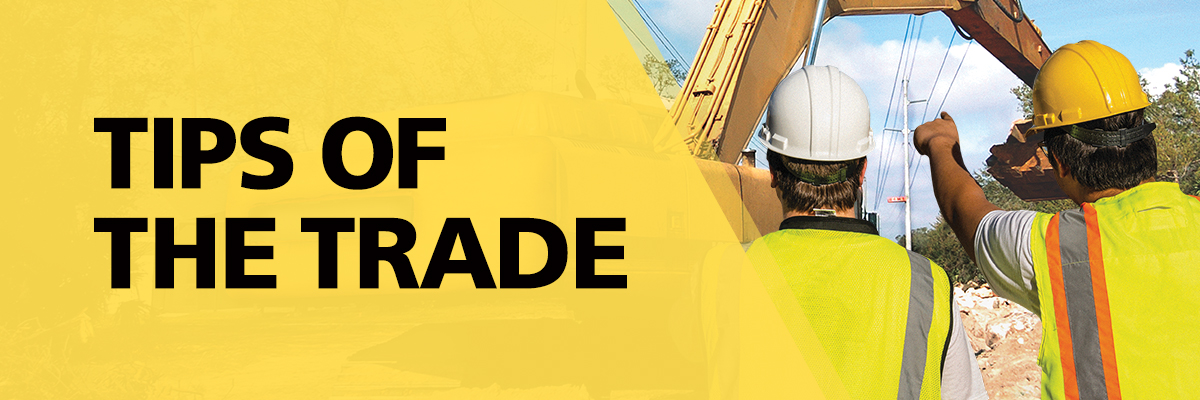|
 |
| Safely Exposing Buried Utility Lines |
|
| You've called 811, you've waited at least two working days, and you're sure all buried utility lines on your job site have been located and marked. Now you can use your mechanized equipment to begin excavating, right? Not so fast! |
| Order our FREE worker safety training kit.
|
|
|
|
|
| Buried power lines and other facilities can be easily damaged and are dangerous to contact. Before you can safely work close to an underground utility line with mechanized digging equipment, you must see the line with your own eyes: |
| • |
First, use only hand tools like shovels or other nonintrusive methods to expose the line. You must hand expose within the "tolerance zone," a safety area that spans the width of a marked utility plus 24 inches from each indicated outside edge in California. |
|
| • |
Then, and only then, can you begin power digging. Be sure to work with a spotter whose only job is to keep mechanized digging equipment away from buried facilities. |
|
|
| Hand Dig with Care |
| Take care to prevent damage by using a rounded or blunt-edged shovel—and be sure you use a fiberglass shovel when digging around buried electrical lines. Never use sharp tools like pickaxes, mattocks, pry bars or pointed spades, which may gouge or puncture utility lines. |
|
Begin digging off to the side of the marked utility line. Use a gentle, prying motion to break away soil as you approach the line laterally. Never pry against a utility line to remove soil, stab at the soil or stomp on the shovel with both feet. |
| Report ALL Damage |
| Even a slight gouge, scrape or dent to a utility line or its coating may interrupt service or cause a hazard. Contact with a gas pipeline may not be immediately dangerous but may lead to leaks, fire or explosions later. Protect all exposed utility lines and check them regularly for damage. Before you backfill, check them again. If you contact a utility line, report it immediately so crews can inspect the line and make the necessary repairs. (If gas is leaking, the law requires that you call 911.) |
| Would You Like to Learn More? |
| More electrical safety tips, instructional videos and training tools can all be found, at no charge to you, at sce.com/safetyonthejob. |
|
|
|
 |
|
| In an Electrical Emergency, Call 911. |
| For questions about working near power lines or to report an electrical safety hazard, call SCE at 1-800-611-1911. |
|
|
|
| |
|
|
| Never Approach Anyone or Anything Touching a Downed Wire. |
|
| Stay Away, Call 911 |
|
|
|
|
|
|
|
|
|
|
|
 |
| Resources may have been affected by the COVID-19 pandemic. You can help prevent delays by pre-marking your proposed dig area in white, and notifying 811 of your planned excavation with as much lead time as possible (up to 14 calendar days in California). |
| To learn more about SCE's response to COVID-19, click here. |
|
|
|
|
